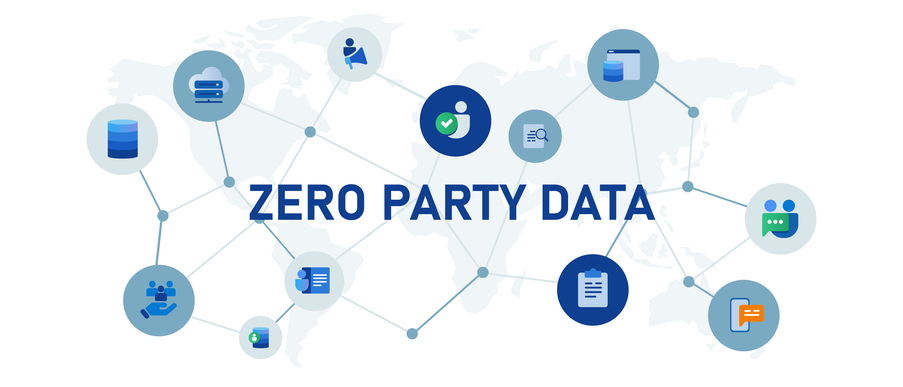With existing revenues for small businesses often rather unpredictable, forecasting for the future is usually based on educated guesses more than science. Many small business owners don’t realise that traditional outbound sales and marketing might be causing this spikey, unpredictable revenue. Here’s how inbound marketing can help you forecast sales more scientifically and therefore more accurately.
The success of any small business depends on sustainable growth. Growth, in turn, relies on the management of the sales pipeline. But good pipeline management requires accurate data and scientific methods. Cash by its very nature is fast moving and unpredictable, which means forecasting for the future can often be based on unfounded assumptions. Many small businesses also believe that accountants and financial professionals hold all the cards when it comes to more accurate revenue and growth prediction. However, by not looking closely at your marketing activities you may be missing a forecasting trick.
Let me explain. What you really need for accurate sales forecasting is predictability. My experience is that telesales and other outbound marketing campaigns generally result in a feast or famine scenario across the year. When the campaign is running and when you have good people on the phones, suddenly there are loads of leads. But at the beginning and end of the campaigns, and in between, or if the telesales agency isn’t great, you are left wondering how you are going to make those numbers you thought were so attainable just a few months earlier.
Traditional outbound marketing methods focused on purchasing adverts, and email and phone lists that could be approached with your campaign. On the other hand, inbound marketing is about creating high-quality content that chimes with potential and existing customers. By making sure your content matches your target customers’ interests you can ensure it draws traffic to your website – traffic that you can turn into sales.
One of the benefits of inbound marketing is that it gives you greater control over your sales funnel. Typically inbound activities are better planned, and more measurable too. This includes lead conversion metrics. Consequently revenue is more predictable.
The practical details
An inbound marketing strategy captures a lot of information about customers and potential customers. Usually, every interaction is recorded, from a potential customer’s first engagement right through to post-sales feedback and beyond. Analysis of this data can show when customers are likely to make purchases and which products or services they will buy, providing invaluable information for sales forecasting.
Using this data, if you travel backwards through your sales funnel you will be able to see exactly what needs to be done to achieve a certain number of sales. For example, if you had eight sales last month, you will be able to see from this tracked data how many leads you had that month that resulted in the eight customers and how many website visitors created those leads. You can use this ratio to work out requirements for additional sales and whether they are possible with the current scale of your business. While my example is perhaps oversimplified, I hope it demonstrates how the measurement involved in inbound marketing can deliver more accurate forecasting.
This approach to forecasting is particularly effective for B2B companies. More than consumers, businesses research on the internet (and therefore engage earlier) before making any purchasing decisions and so are easier to track and predict.
Taking the long view
So, acting upon your inbound data, you can create the infrastructure your business needs to see leads coming through at a steady flow, even when you aren’t spending money on campaigns. Thinking long term can also change your mind-set about lead generation. Instead of pursuing quick wins with a high capital injection, you will be able to focus on capturing invaluable profiling data about your prospects, like how they found your site and which pages they really looked at. Over time you should become a lot more confident in composing your business forecasts, since your incoming leads will be transparent, qualified and predictable.
Synchronicity
The not-so-secret ingredient that really pulls everything together is a CRM system. It will create one powerful, unified team across all business functions and all the external agencies you work with.
More importantly, if you use it properly it should allow you to separate what you think you know about your customers from what they’re actually doing. A powerful CRM should help you to identify and engage leads from marketing activities, support your existing customers and analyse what’s wrong and right about your sales process. You need to be able to measure ROI. This will allow you to stabilise your marketing spend, and thus produce much more accurate business forecasts.





